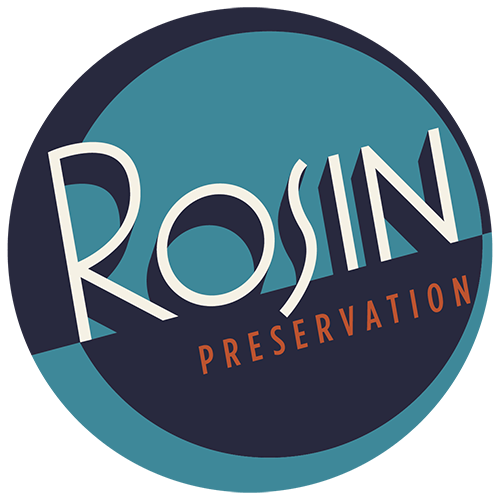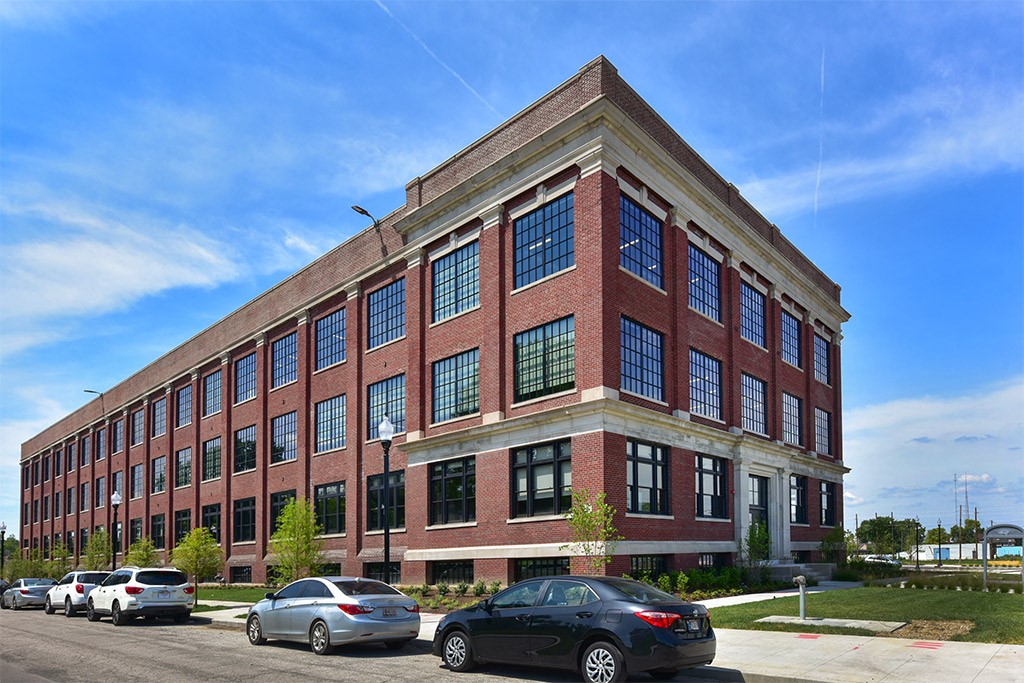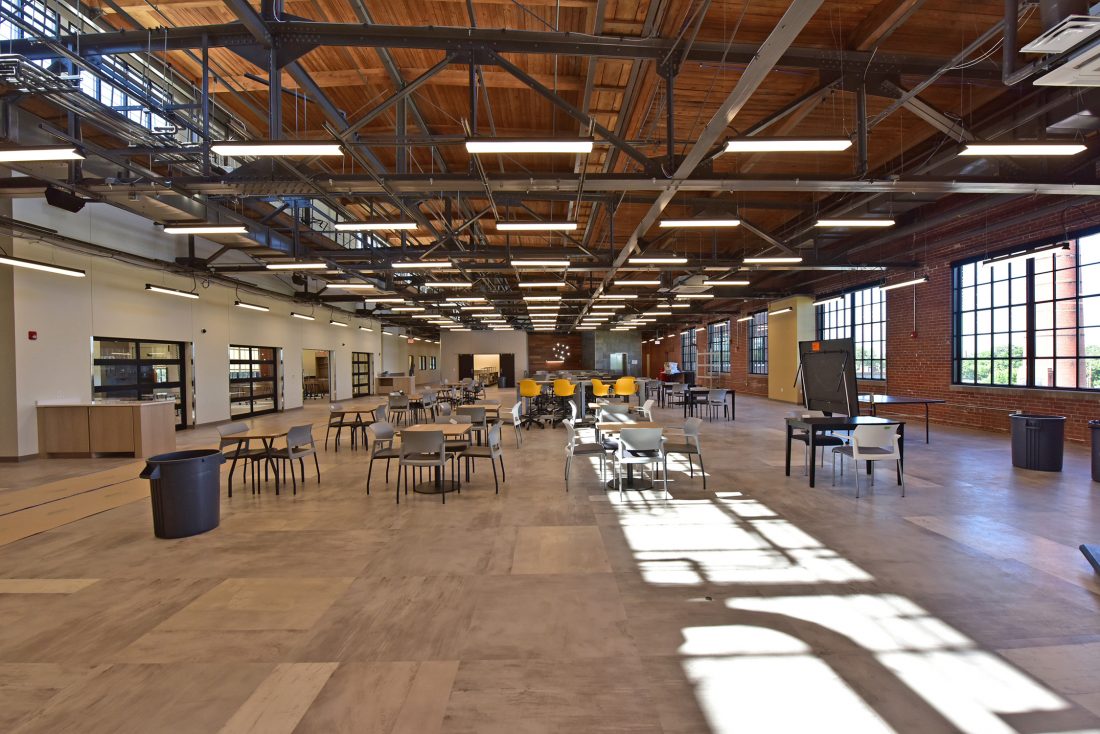P.R. Mallory Company Factory
In the early twentieth century, Philip Rogers (P.R.) Mallory founded a small industrial company, manufacturing tungsten filaments for incandescent light bulbs. The P.R. Mallory Company invented and patented numerous products that are components of everyday household items, including radios, automobiles, refrigerators, and washing machines. However, the company’s most recognized and notable achievement was the invention of its Mallory dry cell battery, which is today known by the brand name Duracell. In 1929, Mallory purchased an existing three-story brick factory building in an industrial area east of downtown Indianapolis, Indiana. The General Electric Co. constructed the building, along with an associated powerhouse and smokestack, in 1921. As the P.R. Mallory Company grew, so did the physical plant, particularly during the 1940s and 1950s as production focused on supporting the war effort. The company added buildings to the west and south of the 1921 factory.
After decades of vacancy and deterioration, several buildings at the center of the complex had deteriorated beyond repair and were demolished, leaving only the original 1921 factory building, known as the Administration Building, the powerhouse, and the smokestack, as well as the 1944 Bunker Building. The Englewood Community Development Corporation, a local non-profit group, purchased what was left of the complex and set up a substantial partnership group to redevelop the site for a variety of uses.
Englewood Community Development Corporation contracted with Rosin Preservation to prepare a National Register nomination that would include all of the remaining resources associated with the P.R. Mallory Company. Rosin Preservation also prepared the federal historic tax credit applications for the rehabilitation of the Administration Building and the Bunker Building as part of Englewood CDC’s mixed-use redevelopment plan. In its conversion from vacant factory to educational space for two charter and vocational school programs, the Administration Building retained its character-defining open space and historic wood ceilings and beams. Rosin Preservation negotiated with state and federal reviewers to find appropriate solutions replacing windows and flooring that would meet the Secretary of the Interior’s standards without compromising the needs of the reuse program. Historically appropriate aluminum replacement windows were designed to match the deteriorated historic steel windows throughout the building to provide ample daylight, another character-defining feature of the factory building. The historic glass block windows and open space between the grid of concrete columns define the Bunker Building adjacent to the railroad tracks at the south end of the property. A portion of the long, rectangular building was converted to an indoor agricultural facility for a local organization.
The rehabilitation of the P.R. Mallory Company Factory complex was an ambitious project to create an active, vibrant community asset that once again contributes to the local economy.
Address
3029 East Washington Street Indianapolis, IN






